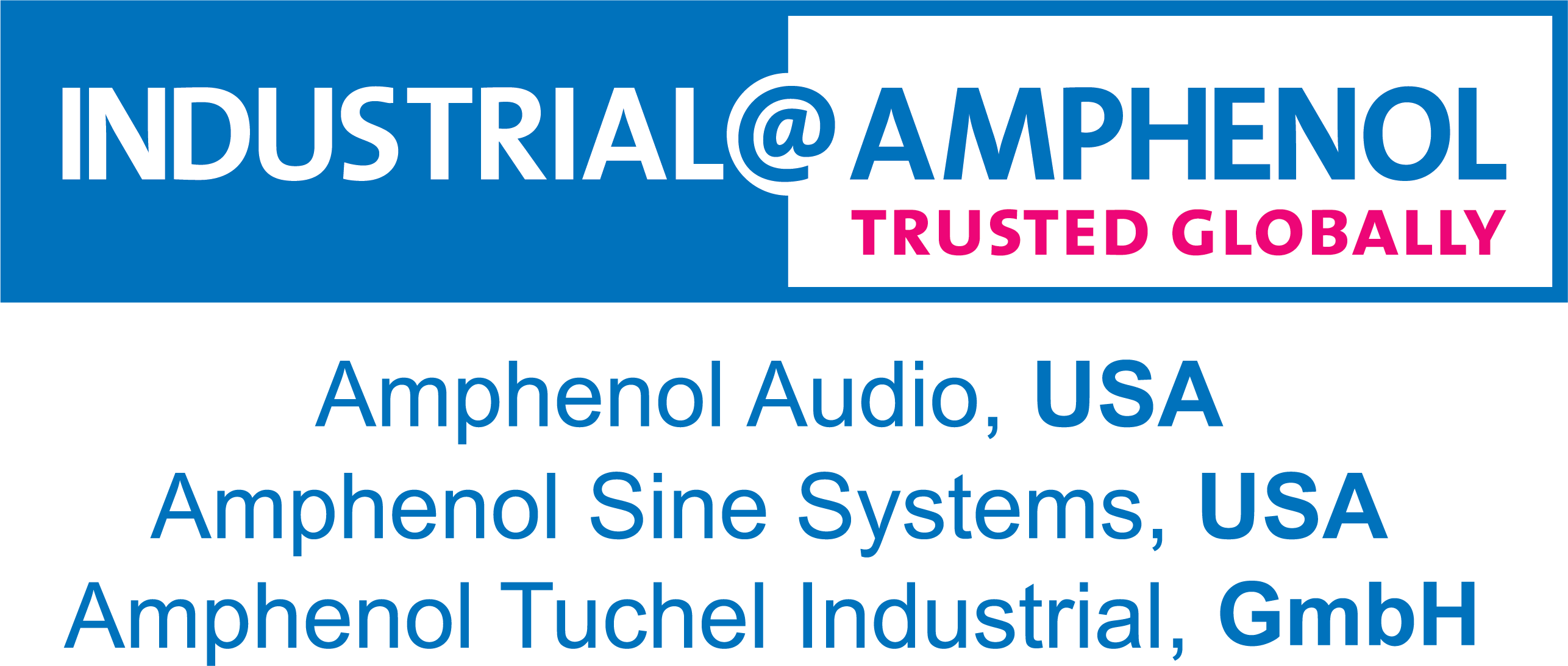
Amphenol Sine Systems
Amphenol Sine Systems is a leading provider of high-performance interconnect systems for a wide range of industries, including automotive, industrial, and recreational vehicles. The company specializes in designing and manufacturing rugged and reliable connectors, terminals, and cable assemblies that enable seamless electrical and data connectivity. Amphenol Sine Systems' products are known for their superior quality, ensuring optimal performance even in harsh environments with exposure to extreme temperatures, moisture, and vibrations. These interconnect solutions are extensively used in applications such as engine management systems, lighting, sensors, and power distribution, where reliable and secure connections are crucial for efficient operation. With a focus on innovation, the company leverages advanced technologies and engineering expertise to deliver solutions that meet or exceed industry standards. Amphenol Sine Systems also offers customization options, allowing customers to tailor the interconnect systems to their specific requirements. Additionally, the company provides exceptional customer support, including technical assistance, design guidance, and responsive service, ensuring a seamless experience from product selection to installation. With a global presence and a commitment to excellence, Amphenol Sine Systems continues to be a trusted partner for interconnect solutions, enabling reliable and efficient electrical connections in diverse industries.
Board Spacers, Stackers (Board to Board)
Results:
Results remaining:0
Applied Filters:
Amphenol Sine Systems
No data |
About Board Spacers, Stackers (Board to Board)
Rectangular header connectors are specifically designed to establish connections between circuits on different printed circuit boards (PCBs), ensuring electrical insulation and proper board spacing. These connectors are chosen based on their pitch, stack height, number of positions, and rows. The pitch refers to the distance between the centers of adjacent pins or contacts on the connector. It determines the compatibility and alignment between the header and its mating connector. Different applications may require different pitch sizes to accommodate specific PCB designs and requirements. Stack height refers to the vertical distance between the top and bottom surfaces of the connector. It is crucial for maintaining proper clearance between the PCBs when they are connected using these headers. Selecting the appropriate stack height ensures that the assembled boards fit securely and function optimally. Header connectors come in various configurations with different numbers of positions and rows. The number of positions refers to the total number of individual contacts or pins on the connector. This determines the number of electrical connections that can be established between the PCBs. The number of rows indicates whether the contacts are arranged in a single row or multiple rows on the connector. These connectors are typically soldered onto the PCB, providing a secure and reliable connection. They are available in both surface mount and through-hole versions, allowing for flexibility in assembly processes and compatibility with different PCB types. Regarding the plating options, header connectors can come with gold, tin, or tin-lead plating. The plating material is chosen based on factors such as cost, conductivity, and environmental considerations. Gold plating offers excellent corrosion resistance and reliable electrical performance. Tin and tin-lead plating options are more cost-effective alternatives but may require additional measures to mitigate potential issues like tin whisker growth. In summary, rectangular header connectors play a crucial role in connecting circuits on separate PCBs while providing insulation and proper board spacing. Their selection depends on factors such as pitch, stack height, number of positions, and rows. These connectors are soldered onto the PCB and are available in surface mount and through-hole versions, with various plating options to suit different application requirements.
